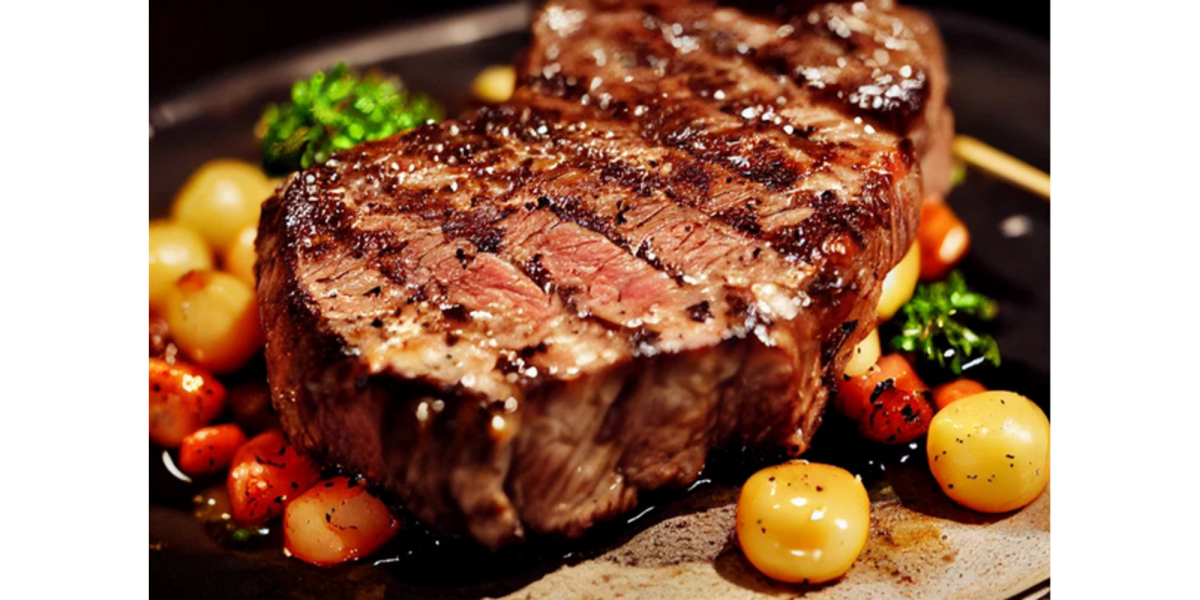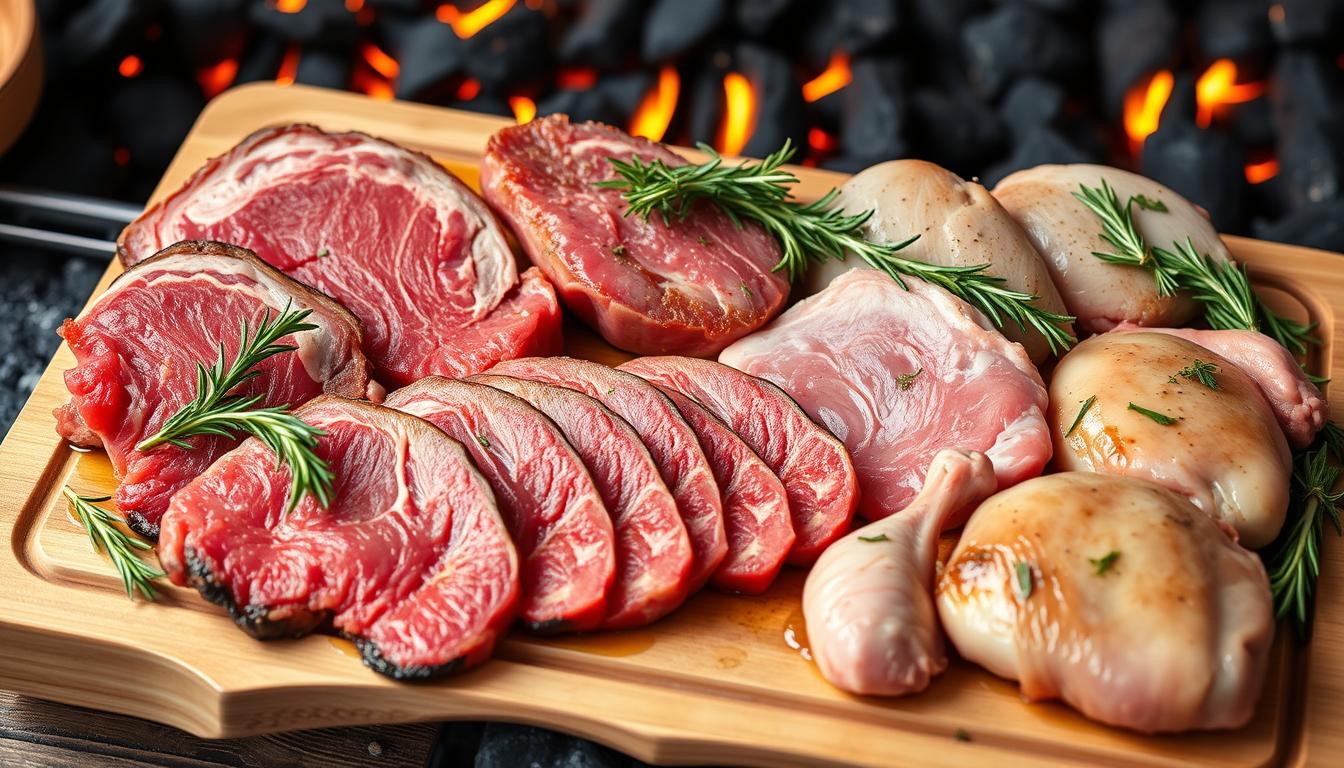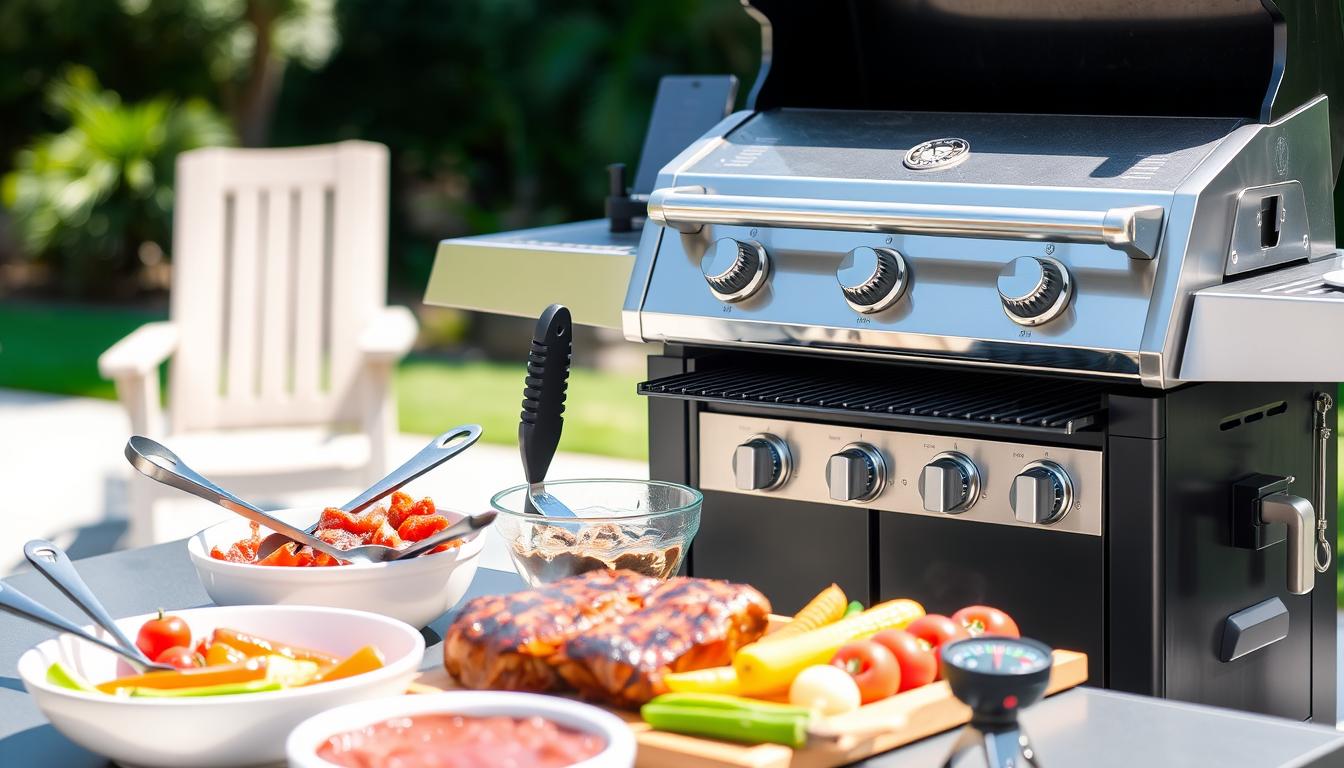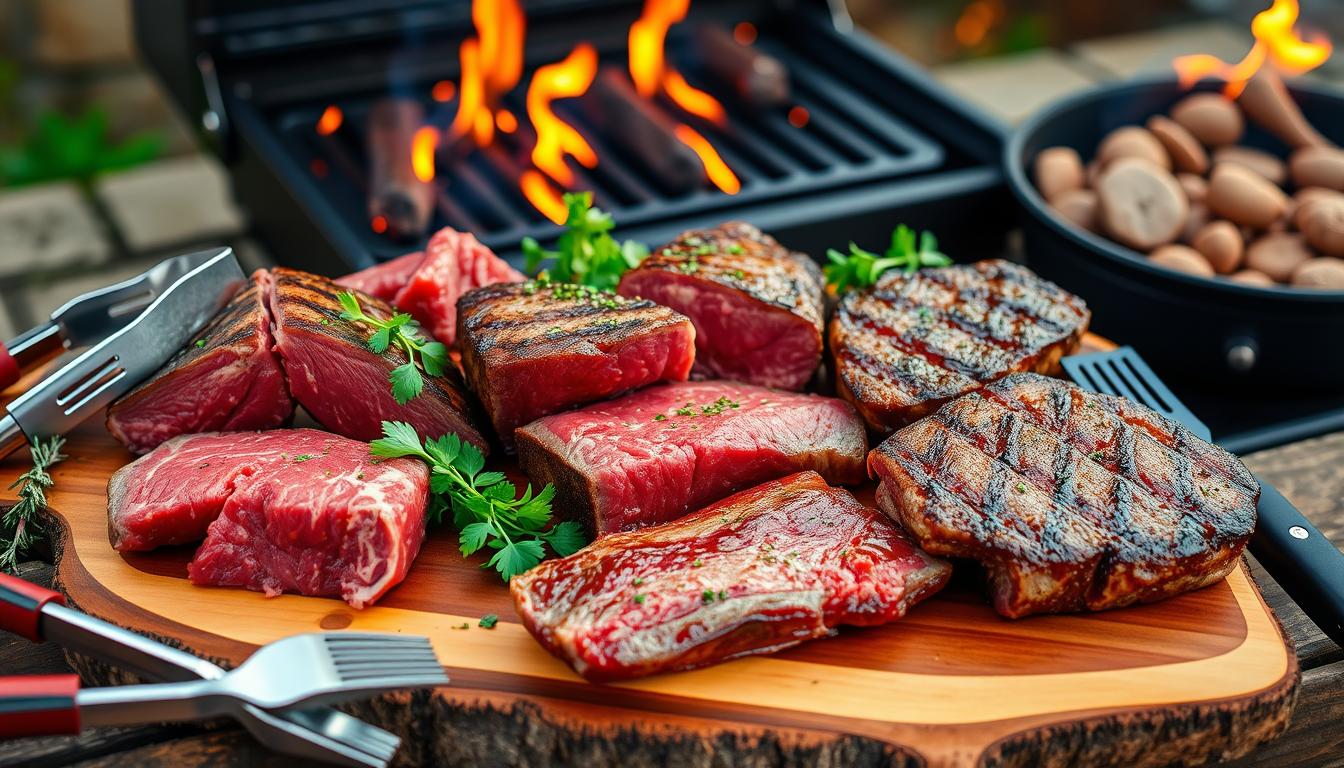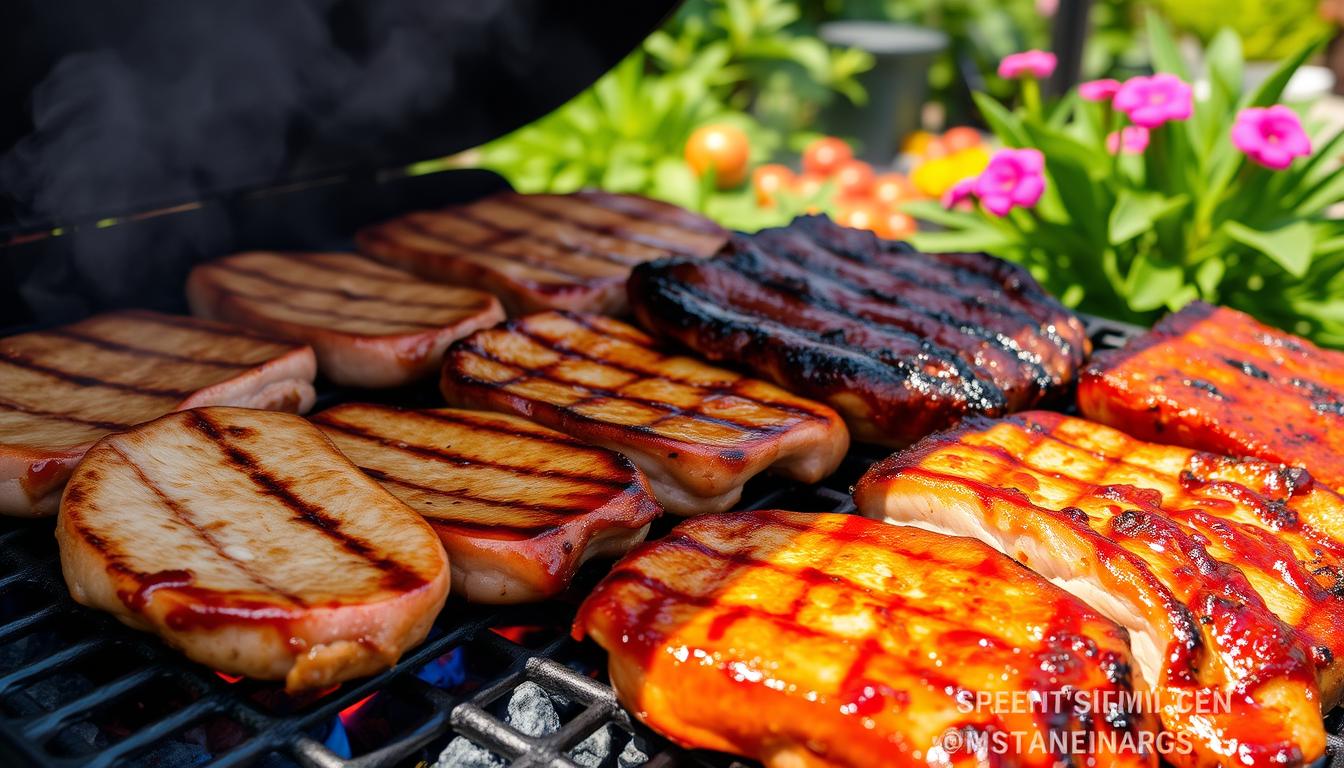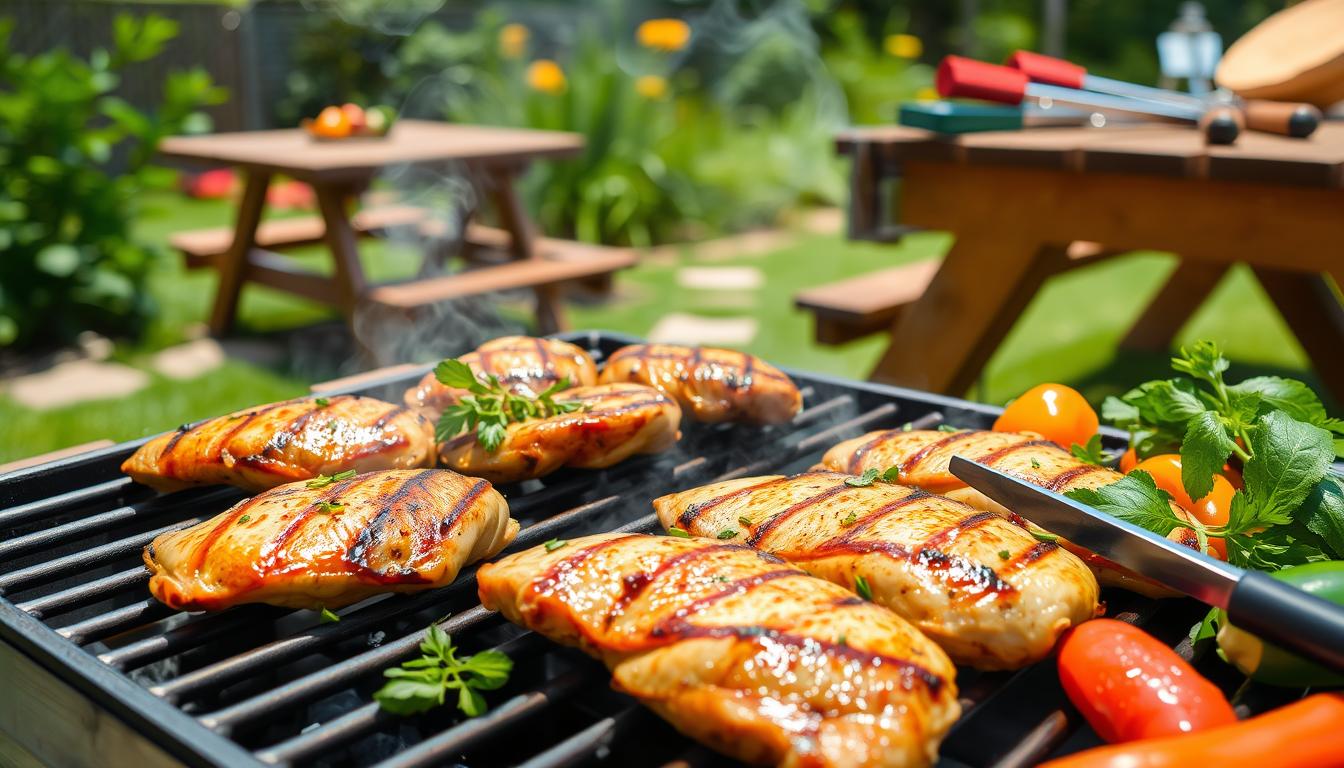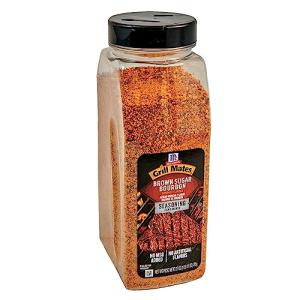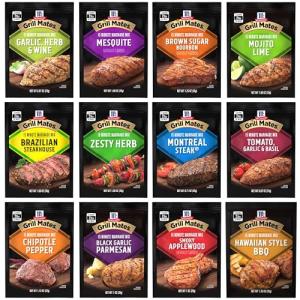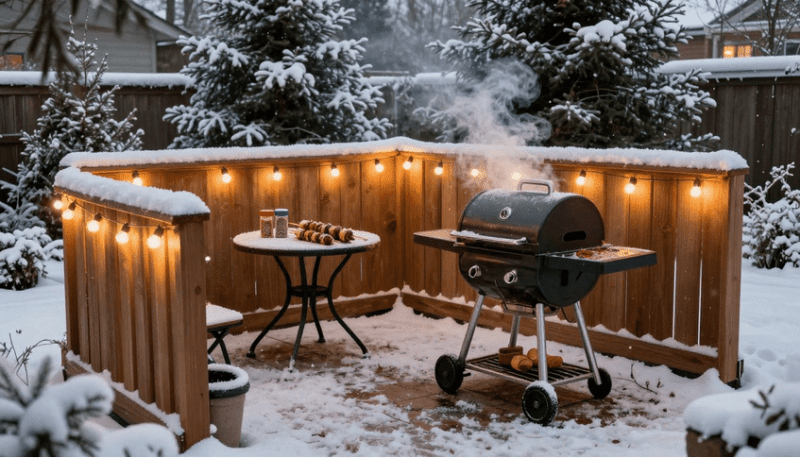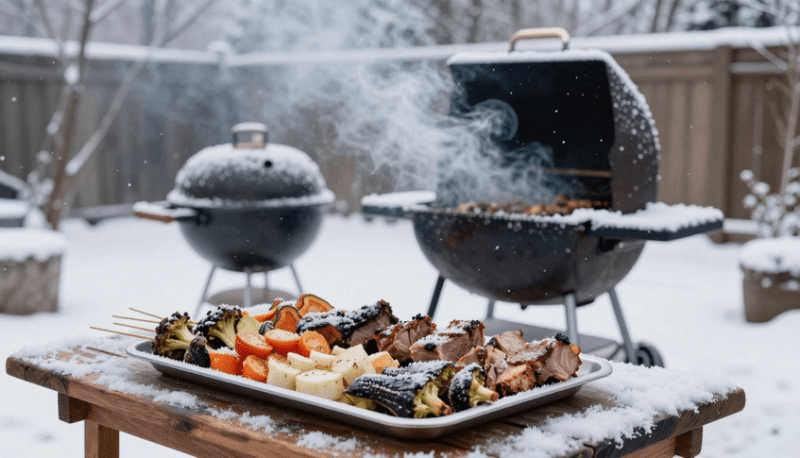Choosing the right cut of meat is key for a tasty grilled dish. With many options, picking the best can be tough. The tenderloin, for instance, is the tenderest beef, with a buttery texture and mild flavor, ideal for grilling.
To grill meat perfectly, knowing the best cuts and grilling tips is essential. Whether you're new or experienced, learning about these will elevate your grilling skills. Each cut, like ribeye or skirt steak, has its own flavor and texture, needing specific cooking methods to shine.
Cooking meat well needs focus and knowledge of grilling techniques. With the right meat and tips, you'll impress everyone with your dish. Favorites like ribeye and tenderloin are perfect for their rich taste and soft texture, great for any meal.
Key Takeaways
- Choose the right cut of meat for grilling, such as tenderloin or ribeye, for a delicious and flavorful dish.
- Understand the best grilling techniques, including cooking times and temperatures, to cook meat perfectly.
- Top grilling meats like ribeye and skirt steak offer a rich flavor and tender texture, making them ideal for grilling.
- Follow expert grilling tips to achieve a mouth-watering dish that's sure to impress.
- Cooking meat perfectly requires attention to detail and a good understanding of grilling techniques.
- Grilling is an art that requires practice and patience to master, but with the right techniques and cuts of meat, you'll be well on your way to creating delicious grilled dishes.
Understanding the Basics of Meat Selection for Grilling
Choosing the right meat for grilling is key to great taste and texture. Marbling is important. It's the fat inside the meat that makes it juicy and tender.
Knowing about grade classifications helps too. It lets you pick the best meat for your budget. For example, skirt steak is cheap, while ribeye is pricier.
Here are some key factors to consider when selecting meat for grilling:
- Marbling: Look for meats with a good amount of marbling for added flavor and tenderness.
- Grade classifications: Choose meats that are graded according to your needs, whether it's a budget-friendly or premium option.
- Cut: Select the right cut of meat for your grilling needs, whether it's a steak, roast, or chop.
https://youtube.com/watch?v=FZQNmZ7VZg8
Learning about meat selection helps you pick the best for grilling. Whether you want something affordable or top-notch, there's a lot to choose from. With practice, you'll grill like a pro and get perfect results every time.
| Meat Cut | Marbling | Grade Classification | Price |
|---|---|---|---|
| Skirt Steak | Low | Budget-friendly | $8-$12 |
| Ribeye Steak | High | Premium | $15-$25 |
Essential Grilling Equipment for Perfect Results
To get perfect results in grilling, you need the right tools. This includes meat thermometers, grilling gloves, and skewers. These help you prepare, cook, and serve your grilled meats easily.
Having the right equipment is key for grilling techniques. A meat thermometer ensures your meats are cooked just right. Grilling gloves protect your hands from heat and flames, letting you handle hot grills confidently.
Other must-haves include heat-resistant grill mats, grill brushes, and instant-read thermometers. These tools help you prepare, cook, and serve your dishes with precision. With the right equipment, your grilling will improve, and you'll get perfect results every time.
It's also important to choose high-quality, durable grilling equipment. Look for products made with durable materials that can handle grilling's high temperatures. This ensures your grilled meats are cooked perfectly and your grilling is safe and fun.
Popular brands like Weber, Char-Broil, and Traeger offer a wide range of grilling gear. They have everything from grills and smokers to thermometers and gloves. Exploring these brands can help you find the perfect equipment for your grilling needs.
Top Beef Cuts for Your Grill
Choosing the right beef cut for grilling is key. There are many great options, each with its own unique taste and texture. Ribeye is loved for its rich flavor thanks to its marbling. New York strip is also popular, balancing tenderness with great taste.
If you prefer leaner meat, flank steak and skirt steak are excellent choices. Flank steak is leaner but can be grilled or seared well. Skirt steak stays tender at any temperature, making it versatile for grilling.
For a special treat, try filet mignon. It's tender, lean, and packed with flavor. Whether you're craving a classic ribeye or a tender filet mignon, these cuts will take your grilling to the next level.
Perfect Pork Cuts for Grilling Success
Choosing the right pork cuts is key for grilling success. Perfect pork cuts ensure your dish tastes great and is tender. Pork chops and pork tenderloin are top picks for grilling.
To grill well, know the differences between cuts. Pork chops are a favorite for grilling. They cook best at medium-high heat. The USDA says to cook them to 145 degrees Fahrenheit, with a 3-minute rest.
Here are some tips for cooking pork chops and pork tenderloin:
- Cook pork chops on medium-high heat for 5-7 minutes per side.
- Cook pork tenderloin to an internal temperature of 145 degrees Fahrenheit.
- Let the cooked pork chops rest for 3 to 5 minutes at room temperature before serving.
By following these tips and choosing the right perfect pork cuts, you can achieve grilling success. Whether you like pork chops or pork tenderloin, with the right techniques and ingredients, you'll impress everyone.
Here is a summary of the key points to consider when grilling pork cuts:
| Pork Cut | Cooking Time | Internal Temperature |
|---|---|---|
| Pork Chops | 5-7 minutes per side | 145 degrees Fahrenheit |
| Pork Tenderloin | Varies depending on size | 145 degrees Fahrenheit |
Mastering Grilled Chicken Techniques
Grilled chicken is a summer favorite. To get it right, you need to know about breast and dark meat, and bone-in versus boneless. The secret to avoiding dryness is keeping an eye on temperature and cooking time.
Choosing between breast vs dark meat depends on what you like. Dark meat, like chicken thighs, is easier to grill. It cooks well on medium-high heat for 5-7 minutes per side. On the other hand, bone-in vs boneless chicken needs different cooking methods. Boneless chicken breasts grill in about 5 minutes per side.
Preventing Dryness While Grilling
To avoid dryness, cook chicken to the right temperature. The ideal internal temperature for grilled chicken is 165°F (75°C). But, chicken breasts should be cooked to 145-150°F to stay moist. Marinating the chicken for at least 30 minutes or brining it for 3-4 hours can also help keep it moist and flavorful.
For better grilled chicken, cook chicken legs on low heat to prevent burning. Use a grill that reduces flare-ups, like the Big Green Egg. By following these tips and understanding the differences between breast vs dark meat and bone-in vs boneless, you'll become a grilled chicken pro.
Best Cuts of Meat for Grilling and How to Cook Them Perfectly
Choosing the right cut of meat is key for great grilling results. Each cut has its own needs for cooking to bring out its best taste and tenderness. Knowing temperature guidelines is vital for cooking meat to the right doneness.
For example, a medium-rare steak should hit 130-135°F inside. Resting periods are also key. They help the juices spread, making the meat tender and tasty.
Top grilling cuts include ribeye, filet mignon, and New York strip. These are tender and full of flavor, ideal for grilling. By following temperature guidelines and using timing and doneness tests, you can get perfect results. Plus, resting periods boost the meat's taste and texture.
Temperature Guidelines for Different Cuts
Each meat cut has its own temperature needs. A rare steak should be 120-125°F, while a medium-rare is 130-135°F. Knowing these temperatures is key to cooking meat just right.
Timing and Doneness Tests
Timing and doneness tests are critical for perfect grilled meat. They include checking the meat's internal temperature and looking at its color and texture. These methods help ensure your meat is cooked just right.
Resting Periods Explained
Resting periods are a must in grilling. After cooking, let the meat rest a few minutes. This lets the juices spread, making the meat tender and flavorful. Adding resting periods to your grilling routine can elevate your dishes.
Marinades and Rubs: Elevating Your Grilled Meats
Marinades and rubs are key to elevating grilled meats. Marinades tenderize and flavor the meat, while rubs add a burst of flavor to the meat's surface. Knowing the types of marinades and rubs is essential.
A good rub balances flavors without overpowering them. It includes salt, sugar, and spices like garlic and onion powder. Marinades tenderize leaner meats like chicken breast. They use acidic liquids, oils, and spices like garlic or ginger.
Here are some tips for using marinades and rubs:
- Marinating times vary by meat type: chicken (2-8 hours), fish (30 minutes to 1 hour), beef (6-24 hours), and pork (4-12 hours)
- Rubs are preferred for quick-cooking meats like brisket or ribs
- Marinades are recommended for leaner or tougher cuts like flank steak or chicken breast
Apply rubs at least 30 minutes before cooking to get the best results. Use the hottest part of the grill for searing. Basting with marinades every 15-20 minutes keeps the meat moist and flavorful. Mastering marinades and rubs will make your grilled meats tender and flavorful.
| Meat Type | Marinating Time | Rub or Marinade |
|---|---|---|
| Chicken | 2-8 hours | Marinade |
| Beef | 6-24 hours | Rub or Marinade |
| Pork | 4-12 hours | Rub or Marinade |
Advanced Grilling Techniques for Restaurant-Quality Results
Mastering advanced grilling techniques can take your outdoor cooking to new heights. By using methods like reverse searing, two-zone grilling, and smoke integration, you can get perfectly cooked meats with amazing flavor.
Temperature control is key to making professional-grade grilled dishes. A meat thermometer helps you get the perfect internal temperature for your grilled meats, whether it's beef, pork, or poultry.
Reverse Searing Method
The reverse searing method starts with cooking your meat at a low temperature. Then, you finish it off at high heat. This method ensures even cooking and a delicious crust on the outside.
Two-Zone Grilling
Two-zone grilling divides your grill into two areas: one for high heat and the other for low heat. This setup gives you more control over cooking and prevents flare-ups.
Smoke Integration Tips
Smoke integration adds a smoky flavor to your grilled meats. You can use wood chips or chunks on your grill or by cooking in a smoker.
Adding these advanced grilling techniques to your outdoor cooking will impress your friends and family. Whether you're an experienced griller or just starting, these methods will elevate your grilling skills.
| Technique | Description |
|---|---|
| Reverse Searing | Cooking meat at a low temperature first, then finishing it off at high heat |
| Two-Zone Grilling | Dividing the grill into two areas: one for high heat and one for low heat |
| Smoke Integration | Adding smoky flavor to grilled meats using wood chips or chunks |
Troubleshooting Common Grilling Challenges
Grilling can turn fun into frustration if you face common challenges. Learning to troubleshoot these issues is essential for a great grilling experience. With the right methods and tools, you can solve issues like flare-ups, hot spots, and cross-contamination.
Using a grill mat is a great way to prevent flare-ups. It spreads heat evenly and prevents hot spots. Also, cleaning the grill grates often helps food not stick, which reduces flare-ups.
Managing hot spots is another challenge. The two-zone grilling method is helpful. It divides the grill into high and low heat zones. Cooking in the low heat zone prevents burning and ensures even cooking.
Techniques for Avoiding Cross-Contamination
Keeping food safe from cross-contamination is key. Use separate utensils and plates for raw and cooked food. A food thermometer also helps ensure food is cooked safely.
| Technique | Description |
|---|---|
| Using a grill mat | Helps manage hot spots and prevent flare-ups |
| Regular cleaning of grill grates | Reduces the occurrence of food sticking to them |
| Two-zone grilling method | Helps manage hot spots and promote even cooking |
| Using separate utensils and plates | Helps avoid cross-contamination |
By using these techniques and tools, you can overcome grilling challenges. Always prioritize food safety and use proper troubleshooting methods. This way, your grilled food will be delicious and safe to eat.
Seasonal Grilling Adjustments and Tips
As the seasons change, adjusting your grilling to get the best results is key. Seasonal grilling means thinking about the weather, what ingredients are in season, and traditional ways of grilling. For instance, summer grilling is all about light, fresh tastes. In contrast, winter grilling often calls for richer, more intense flavors.
Here are some tips for making the most of your grilling, no matter the season:
- Use a grill cover in the winter to keep the heat in and protect your grill.
- Change your grilling time and temperature based on the season and the meat you cook.
- Try out new ingredients and flavors to keep your grilled dishes exciting.
Following these adjustments and tips, you can enjoy tasty grilled meals all year round. Whether summer or winter grilling, you'll have delicious food to enjoy.
| Season | Grilling Tips |
|---|---|
| Summer | Use lighter flavors, grill for shorter times, and prioritize food safety. |
| Winter | Use heartier flavors, grill for longer times, and prioritize heat retention. |
Conclusion: Mastering the Art of Grilled Meats
As we wrap up our exploration of grilled meats, it's clear that mastering the art of grilling is a mix of knowledge, skill, and detail. We've looked at the top cuts of meat for grilling, the must-have equipment, and advanced grilling techniques. These will help you get restaurant-quality results right in your backyard.
If you're new to grilling or already a pro, this guide has something for you. It's packed with tips to improve your grilling skills. You'll learn how to get a perfect sear on a juicy ribeye or a smoky char on a pork chop. The secret is knowing the unique qualities of each cut and adjusting your grilling style.
Keep working on your grilling techniques and don't be afraid to try new things. Remember, grilling is more than just cooking. It's about enjoying great flavors, sharing moments with loved ones, and making memories. So, fire up your grill, pick your favorite meats, and start a culinary journey that will delight your taste buds.
FAQ
What are the best cuts of meat for grilling?
Top cuts for grilling include ribeye, New York strip, and filet mignon for beef. Flank steak and skirt steak are also great. For pork, go for chops or tenderloin.
How does marbling affect the flavor and texture of grilled meat?
Marbling, the fat inside the meat, makes it taste better and juicier. Cuts with lots of marbling, like ribeye, are tender and full of flavor. Leaner cuts are not as juicy.
What essential grilling equipment do I need for perfect results?
You'll need a meat thermometer, grilling gloves, and skewers. These tools help ensure your meat is cooked just right.
How can I prevent dryness when grilling chicken?
To avoid dry chicken, grill with the skin on and use bone-in cuts. Don't overcook. Basting the chicken while grilling keeps it moist.
What are the best temperature guidelines for grilling different cuts of meat?
Cooking temperatures vary by meat. Ribeye and filet mignon should be medium-rare, 130-135°F. Pork needs to be 145°F.
How can I use marinades and rubs to enhance the flavor of grilled meats?
Marinades and rubs add flavor to grilled meats. Soy sauce marinades and spice rubs tenderize and flavor your meat.
What are some advanced grilling techniques I can use to achieve restaurant-quality results?
Techniques like reverse searing and two-zone grilling improve your grilled meats. They help you get professional results.
How can I adjust my grilling techniques for different seasons?
Adjust your grilling for the season. Use a hot fire in winter and a cooler one in summer to ensure the best results all year.
DISCLAIMER
This document is provided for general information purposes only. It should not be relied upon as providing legal advice, technical, or specific operational guidance to the reader, whether as to the practices described in the document or the applicable legal requirements and regulations. Backyard Grilling Pros.com expressly disclaims any responsibility for liability arising from or related to the use or misuse of any information in this document.
